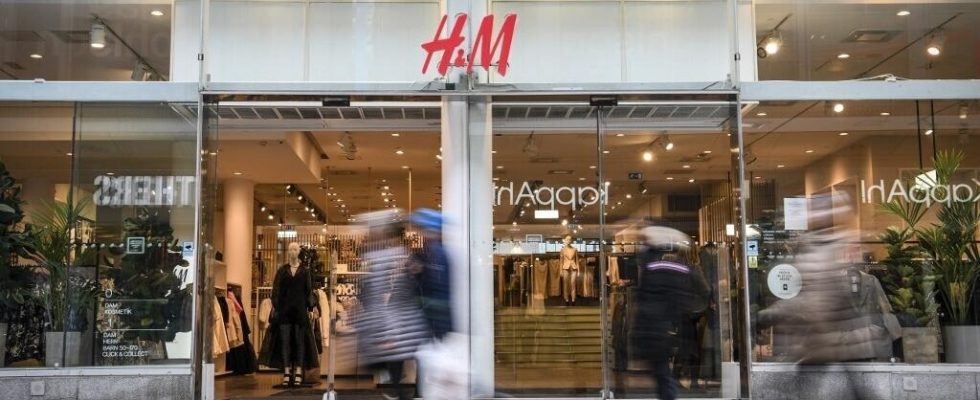The world’s two largest clothing sellers are being criticized for their use of cotton grown on deforested land in Brazil. This country aims to become the world’s leading producer ahead of the United States by 2030… at the cost of massive environmental destruction. This is the result of an investigation by the British NGO Earthsight. This time, the devastation does not concern the Amazon rainforest but the Cerrado.
2 mins
International attention is usually focused on the Amazon. However, another region suffers from deforestation in Brazil: the wooded savannah of the Cerrado which covers almost a quarter of the country’s surface and which is home to rare species such as the anteater and the giant armadillo, in addition to being a sink of carbon.
Read alsoBrazil: the Cerrado region, forgotten victim of deforestation
After a year investigationslong Earthsight was in fact able to trace the journey of more than 800,000 tonnes of cotton from farms in the Cerrado to eight clothing manufacturers in Asia who produced at least 168 million garments for H&M or Zara and its Bershka or Pull and Bear sectors . A cotton supposed to be certified by the sustainable initiative Better Cotton.
However, to cultivate it, nearly 100,000 hectares were destroyed, local populations chased away and the land largely monopolized by giants of Brazilian agribusiness: the Brazilian families who own these farms have “a heavy history of legal proceedings, convictions for corruption and millions of dollars in fines for illegal deforestation,” denounces the NGO. Earthsight also recalls that the situation is getting worse: deforestation increased by 43% last year in the Cerrado. Almost entirely illegally.
The Better Cotton sustainable cotton certification system has “ deep gaps », Regrets Earthside. The label Better Cotton indicated to Earthside that he “ had entrusted an independent auditor with the task of carrying out enhanced verification visits » following the NGO report.
In just a few decades, more than half of the Cerrado region was cleared for soybean and cotton cultivation.
